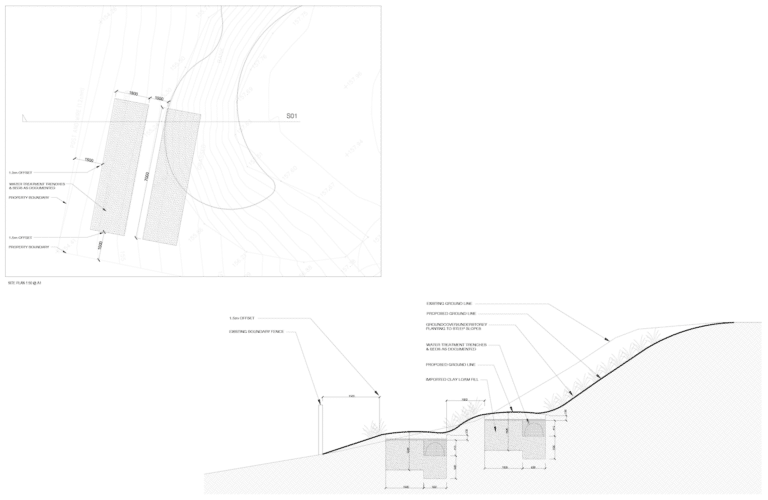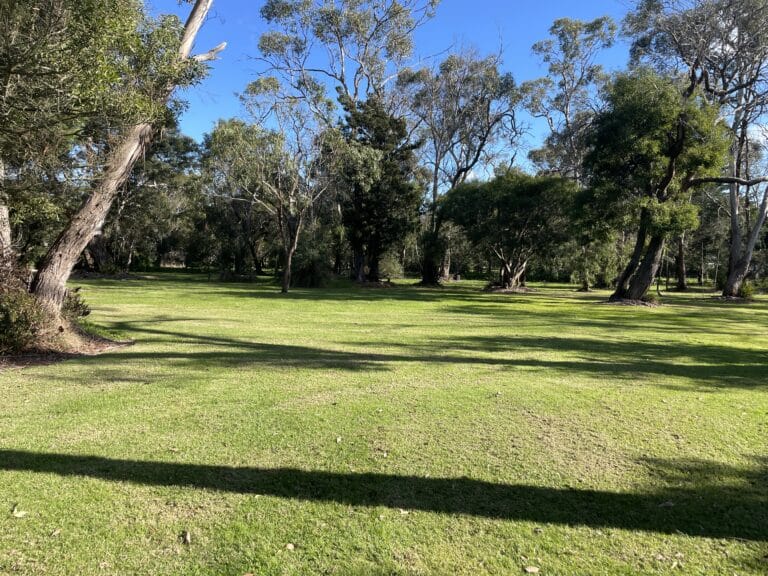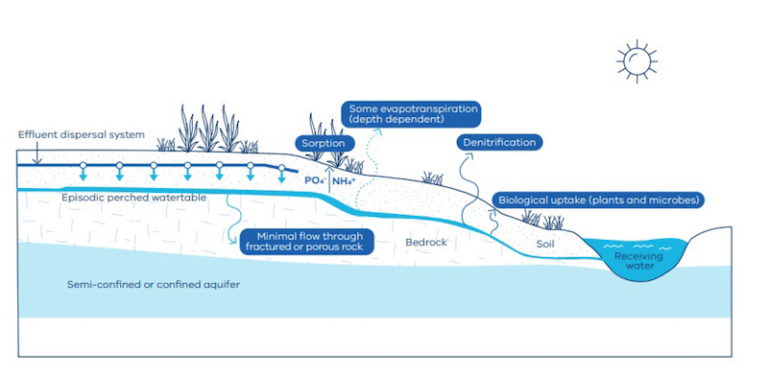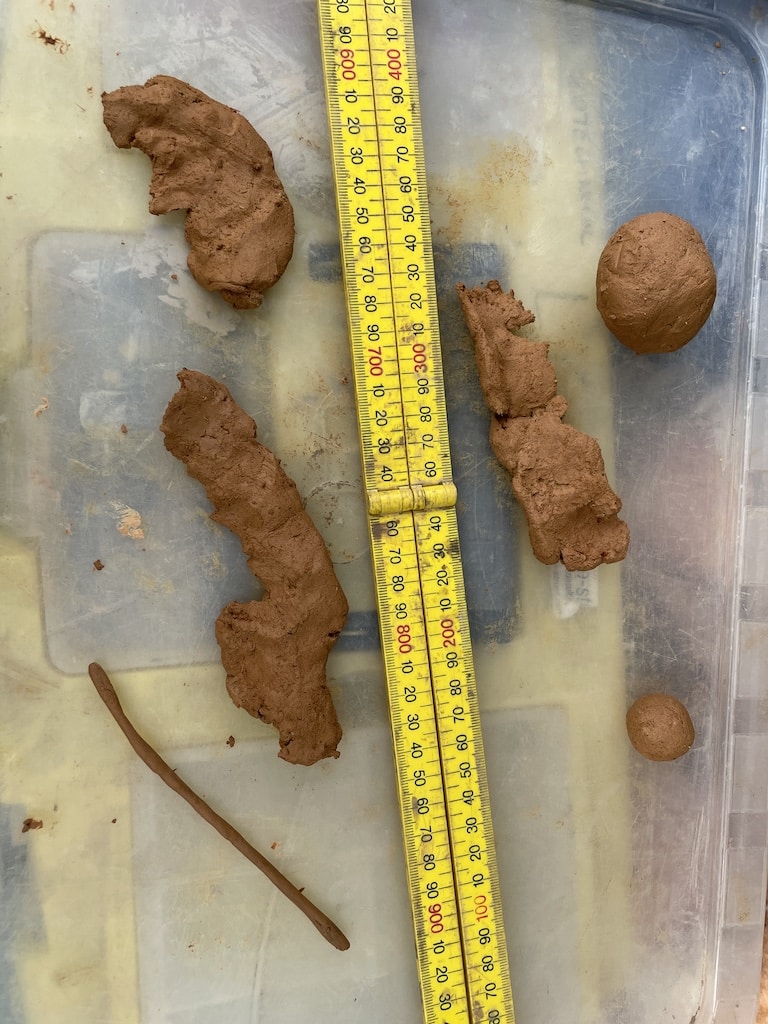LCA Victoria Wide
LCA Victoria Wide Contact Us For inquiries or to schedule a Septic Land Capability Assessment, please contact us. 0400 372…
LCA Victoria Wide Contact Us For inquiries or to schedule a Septic Land Capability Assessment, please contact us. 0400 372…

A holistic approach can sometimes be the best way to approach council permits for septic systems and overall design, particularly when…

It’s a fair question and one which is sometimes confusing. Where to begin? Usually, the best place to begin is by…

Introduction The EPA Code of Practice 891.4 outlines specific setback distances for effluent dispersal to ensure the safe and effective management…

Introduction: A water balance is crucial in managing septic on-site wastewater systems as it ensures the sustainable and effective treatment of…

Introduction: Porous sands are generally considered poor soils for effluent dispersal due to their high permeability and low nutrient retention capacity….

Introduction: Dispersive soils are characterised by their tendency to break down and disperse into individual particles when exposed to water. This…

Introduction: Clay soils necessitate larger effluent dispersal fields primarily due to their low permeability and poor drainage characteristics. Unlike sandy or…

Introduction: In Australia, setback distances to open water for potable and non-potable water sources are critical measures to protect water quality…

Introduction: Aerobic and anaerobic processes are two fundamental approaches to wastewater treatment, each with distinct mechanisms and resulting in different wastewater…